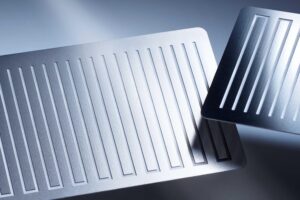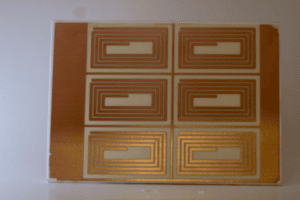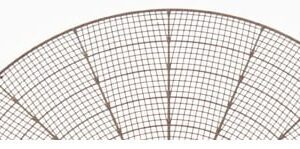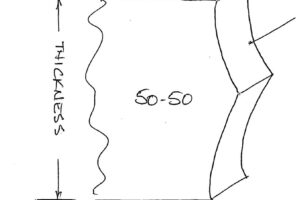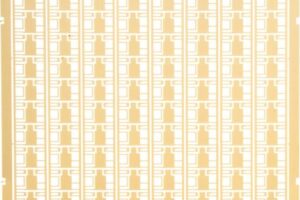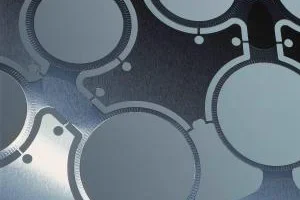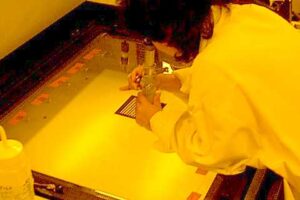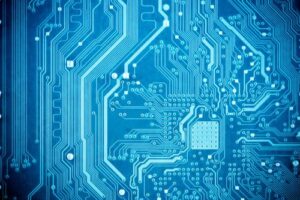-
Design for Manufacturability (DFM) in Photo Chemical Machining: A Guide for Engineers and Designers
In the world of precision metal components, achieving intricate designs with tight tolerances can be a challenge. Photo Chemical Machining (PCM) offers a…
-
Why Use Photo Etching for Power Electronic Devices
The umbrella term power electronics refers to a range of semiconductor devices that are used to manage and manipulate the voltage,…
-
Why OEMs Rely on Photo Etching for Key Applications
From semiconductors to fuel cells to filtration to medical devices –and many more– major OEMs, names you will instantly recognize,…
-
What to Know about Photo Etched Sidewalls
Different metal cutting processes produce different effects at the cut line. Stamping and punching can leave a deformation and a…
-
Sheet Size and Tolerances: Cost Drivers in Photo Etching
Three Leading Factors The three biggest variables affecting the cost of photo etching are metal thickness, sheet size and tolerances. Metal…
-
5 reasons OEMs should choose a value-added supplier for Photo Etching
Here are five reasons why you should consider a value-added photo etching supplier for your OEM. It’s surprising to get inquiries…
-
Photo Etching: 2023’s Top Ten FAQs
Over the course of a year, we talk with a lot of people–most of whom have questions. We’ve compiled the…
-
How Photo Etching is a Capable Alternative to Other Metal Fabricating Processes
Photo Etching vs. “the Others” Photochemical machining is the industry’s preferred moniker for this metal fabrication process. It is also readily…
-
How Does Photo Etching Work and What Are Some Applications for It?
Photo etching has evolved from a niche process to one that serves a wide variety of industries with precision metal…
-
Getting a conceptual grasp of photo etching
When it comes to understanding how photo etching works, there seems to be a conceptual gap – many of the…


